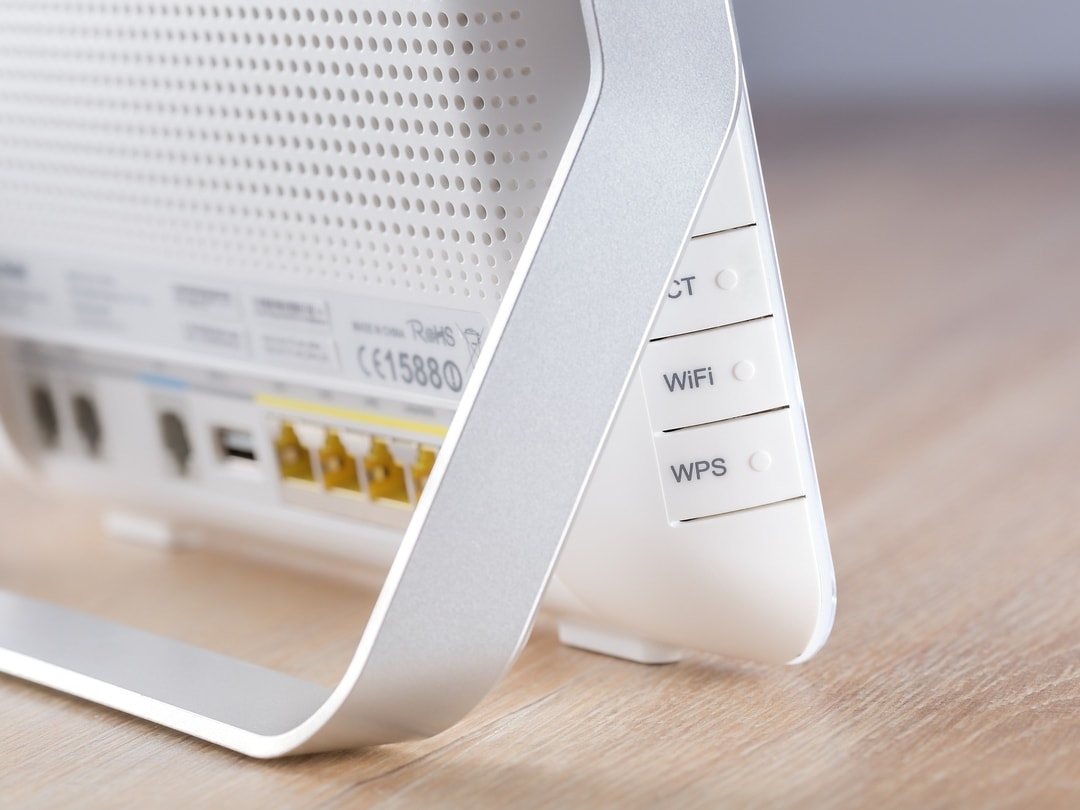

We love fast data lines. And we love radio communications. But having both can be a tricky combination.
The data rates of modern interfaces such as USB 3.1/3.2, SATA 3.0/3.2, HDMI 1.4/2.0 or Thunderbolt 2/3 are in frequency ranges in which there is interference with radio signals in the 2.45 GHz band. For example, when using IEEE 802.11b/g/n or Bluetooth. Intel has already pointed out this overlap in its white paper " USB 3.0* Radio Frequency Interference on 2.4 GHz Devices" in 2012.
Because USB circuits process data over a wide bandwidth (from DC to 5 GHz or more), they generate interference even at 2.45 GHz, which is important for radio applications. Just a few years ago, when we mainly used USB 2.0 with a data rate of 480 Mbps, this was unproblematic. But today it can be assumed that there are some fast interfaces in the vicinity of every WLAN antenna - in notebooks and other devices even in the same device. As a result, the antenna picks up common-mode interference that interferes with its sensitivity.
As classical solutions, one would try shielding or the use of ferrite-based chokes. We at Würth Elektronik have dealt with the problem in detail and were not satisfied with the results.
Although shielding has a good effect on the data signal, it is limited by size and placement constraints, and provides only unstable and weak noise suppression. With ferrite-based chokes, the signal quality suffers from the losses due to the resistance of the conductor (copper) and the ferrite core material - the higher the frequency, the stronger this effect. It was clear that a different type of choke was needed here.
We found the solution in ceramics: Our choke for high-speed data cable WE-CCMF is made of multilayer LTCC (Low Temperature Cofired Ceramic). The special advantage of this material is that this choke works better than any other at higher frequencies. It achieves a common mode attenuation of > 30 dB in the WiFi frequency of 2.45 GHz. We also achieved excellent attenuation with low losses and high reliability with a compact component in the 0504 design. It measures only 1.25 x 1 x 0.8 mm. This choke can be integrated into any USB, HDMI, Thunderbolt etc. design and the interference factor in the immediate vicinity of the antenna is eliminated.
Author: Muhammad Ali Khalid, Product Manager - EMC & Inductive Solutions
